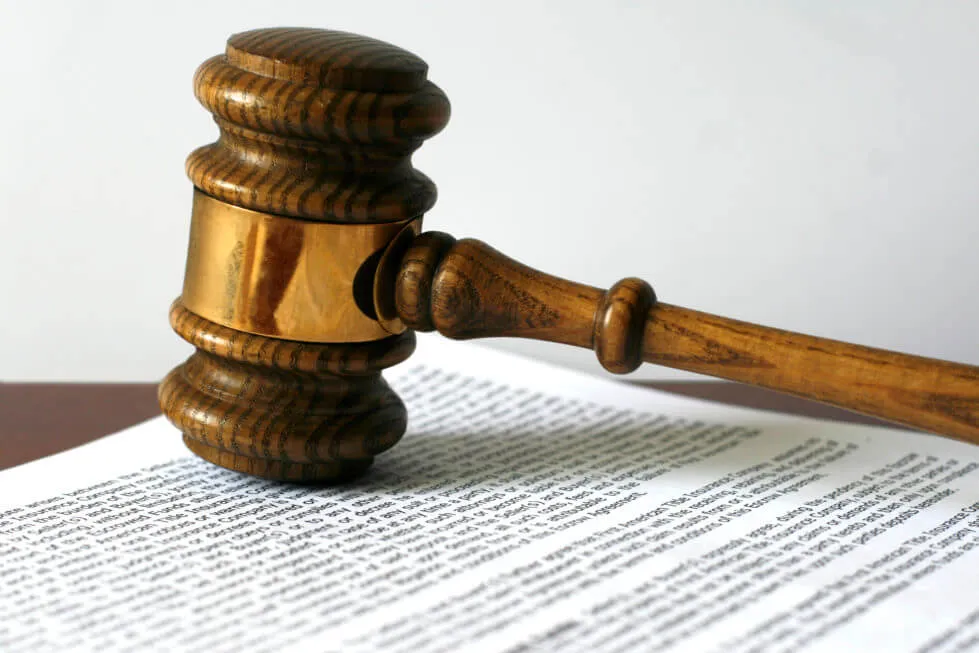
Personal injury claims are legal disputes that arise when one person suffers harm, typically due to an accident or incident, and another person might be legally responsible for that harm. These claims can cover a broad range of incidents, from car accidents and slip and falls to medical malpractice or product defects.
Central to the success of any personal injury claim is the presentation of evidence. This evidence not only substantiates the claimant’s assertions but also provides a tangible basis upon which compensation can be determined. Without credible and relevant evidence, the strength and validity of a personal injury claim can quickly diminish.
This article explains the indispensable role of medical documentation, a cornerstone of evidence in personal injury cases. We’ll explore its function in establishing the severity and cause of injuries, its influence on compensation amounts, and how it can make or break a claim.
Our aim is to highlight the importance of comprehensive medical records, guiding both victims and legal professionals in ensuring that justice is both sought and attained. As the adage goes, “The devil is in the details,” and nowhere is this truer than in the meticulous world of personal injury claims.
What is Medical Documentation?
Medical documentation refers to the systematic and comprehensive recording of a patient’s health history and care over time. It encompasses various components that provide insights into a patient’s health journey.
This includes their medical history, which chronicles past ailments, surgeries, and family health backgrounds; treatment notes, which detail every consultation, diagnosis, and therapeutic action taken by healthcare providers; prescriptions that record medications given; and diagnostic tests, encompassing results from blood tests, radiology reports, and other investigative procedures.
Together, these records form a cohesive narrative of a patient’s health status, treatment decisions, and progress or outcomes.
The Role of Medical Documentation in Personal Injury Claims

In the realm of personal injury claims, medical documentation serves as the bedrock of evidence, revealing the depth and scope of harm sustained by the claimant. These records meticulously detail the nature and severity of injuries, ensuring there’s a tangible account of the physical or psychological damages.
They allow your personal injury law firm to testify to the treatments administered, capturing both the immediacy and duration of medical interventions. Most critically, medical documentation creates a chronological link, bridging the injuries directly to the incident in question.
This connection substantiates the claim that the accident or event was the direct cause of the individual’s ailments, strengthening the foundation of the claimant’s case.
Benefits of Comprehensive Medical Documentation
Strengthening the Claim
Detailed medical records are indispensable in a personal injury case. When these records are comprehensive, they offer an irrefutable account of the injuries and treatments, thereby boosting the claim’s credibility. Such documentation underscores the legitimacy of the injuries and provides a clear picture of the victim’s ordeal.
Determining Compensation

The breadth and depth of medical documentation form the basis for calculating compensation, taking into account current medical expenses, projected future care costs, and intangibles like pain and suffering. With thorough documentation, fair and adequate compensation is more achievable.
Facilitating Faster Settlements
One of the primary advantages of comprehensive medical records is the clarity they bring to a claim. By providing clear and detailed accounts of injuries and treatments, they minimize areas of contention, thus reducing potential disputes. This clarity can expedite the settlement process, leading to quicker resolutions for claimants.
Common Mistakes and Oversights
With personal injury claims, certain missteps can inadvertently weaken a case. Among the most prevalent is the delay or failure to seek immediate medical attention after an incident, which can cast doubt on the injury’s severity or its link to the accident.
Equally detrimental is neglecting to document ongoing health issues or not pursuing follow-up treatments, leaving gaps in the medical narrative. Many claimants, in the aftermath of an incident, might overlook subtle or latent injuries, such as psychological traumas that don’t manifest physical symptoms immediately but have long-term implications.
Additionally, the omission of records from any treatment or consultation can cripple a claim’s credibility, emphasizing the importance of comprehensive and meticulous documentation.
Legal Implications

Medical documentation not only serves as a factual testament to injuries and treatments but also plays a pivotal role in court, acting as tangible evidence to support a claimant’s assertions.
However, these records are often under the microscope, with opposing counsel meticulously combing through them to find inconsistencies, gaps, or other points of contention that could be used to challenge the claimant’s narrative or reduce compensation.
Beyond their evidentiary value, medical documents also underscore the sanctity of the patient-doctor relationship. Confidentiality is a primary value, and while these records are needed to complete the legal process, there’s an inherent responsibility to ensure that private medical information isn’t disclosed inappropriately or without necessary consent.
Best Practices for Ensuring Effective Medical Documentation
First and foremost, seeking medical attention immediately post-incident can not only be crucial for health but also establishes a contemporaneous record.
Supplementing this, maintaining a personal injury diary can provide a vivid, day-to-day account of symptoms, pain levels, and recovery milestones. It’s vital to regularly update, organize, and ensure that these records are both detailed and legible, leaving no room for ambiguities.
Accuracy needs to be prioritized, as discrepancies can be detrimental in a legal setting. Moreover, collaborating with legal professionals can provide guidance in ensuring that the documentation is not only thorough but also tailored to fortify the claim effectively.
The meticulous nature of medical documentation in personal injury claims cannot be understated, serving as both a testament to a victim’s ordeal and a cornerstone of evidential support.
Ensuring comprehensive, timely, and accurate records can be the defining factor between a successful claim and a missed opportunity for justice. Claimants and legal professionals alike must recognize and prioritize the immense value of these documents, ensuring they truly reflect the depth of an individual’s experience and rightful claim.




